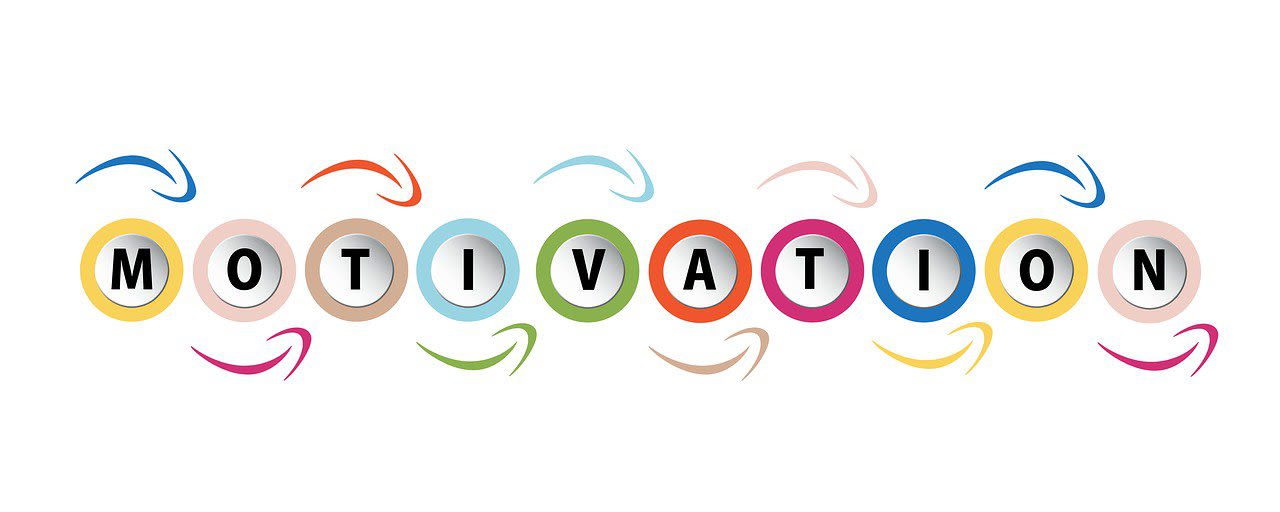
PERK UP YOUR EMPLOYEES
They May Feel Better
Employers are looking for more ways to promote employee productivity and provide incentives for working toward company growth. As an employer, you may spend a lot of time focusing on salary, benefit plans, a positive work environment, and vacation schedules to perk up your employees. However, you may want to motivate your workforce by offering a menu of fringe benefits that can make a significant difference in the workplace environment and employee morale.
Here are five options that you may want to consider:
Qualified transportation fringes. Travel expenses can really add up, especially in heavily congested urban areas. Your employees may live near a transit line and commute to work, or they may drive to work and pay for parking. As an employer, you can provide cash reimbursement to your employees for transportation and parking, and your employees can exclude the payments from their gross income. Through 2015, the monthly limitation regarding the aggregate fringe benefit exclusion amount for transportation in a commuter highway vehicle and any transit pass is $130. The monthly limitation regarding the fringe benefit exclusion amount for qualified parking is $250.
Working condition fringes. Not all fringes involve reimbursements or advances. Suppose your company sells products or provides services that require significant automobile travel. As a perk, you can provide a company vehicle (even with a driver) for business use. Consequently, your employee’s car is spared the wear and tear. In addition, you can pay for an employee’s business travel by airplane or train. Another fringe may be to offer employees the opportunity to work from home, when possible.
No-additional-cost services. If your business offers services to customers, you may be able to offer those same services to your employees. As long as there is no loss of income or additional cost to your business, you may offer the services to your employees free of charge. For example, an airline may offer a flight attendant the perk of flying for free on a “stand-by” basis. The flight is at no cost, and the employee is flying in an otherwise vacant seat. These types of fringe benefits may also apply to certain employees of hotels, cruise ships, and communication companies.
Qualified employee discount. For businesses that sell products or provide services to customers, why not provide an employee discount? If you sell a product, your employee discount would be the current sale price multiplied by your “gross profit percentage.” If your business provides services, the maximum discount is limited to 20% of the current price for services offered to your customers.
De minimis fringes. Even some smaller perks may boost employee morale, reinforce productivity, or recognize special occasions. For instance, you may provide tickets to a theatre or sporting event, organize a dinner at a restaurant, or give out flowers or fruit baskets for outstanding service, employee illness, or family crisis. Your employees may appreciate your thoughtful gestures, as well as the positive recognition or compassion you have taken the time to express.
Smaller fringes may also involve occasional perks within the workplace. For example, if you ask an employee to work overtime, you may provide money for meals and local transportation fare. Be creative and come up with other perks that your employees may appreciate.
Fringe benefits can play an important role in creating a positive work environment. They can help create a bond between you and your employees and increase employee loyalty. Would one or more of these fringes be appropriate for your business? A thorough review can help you find out.
